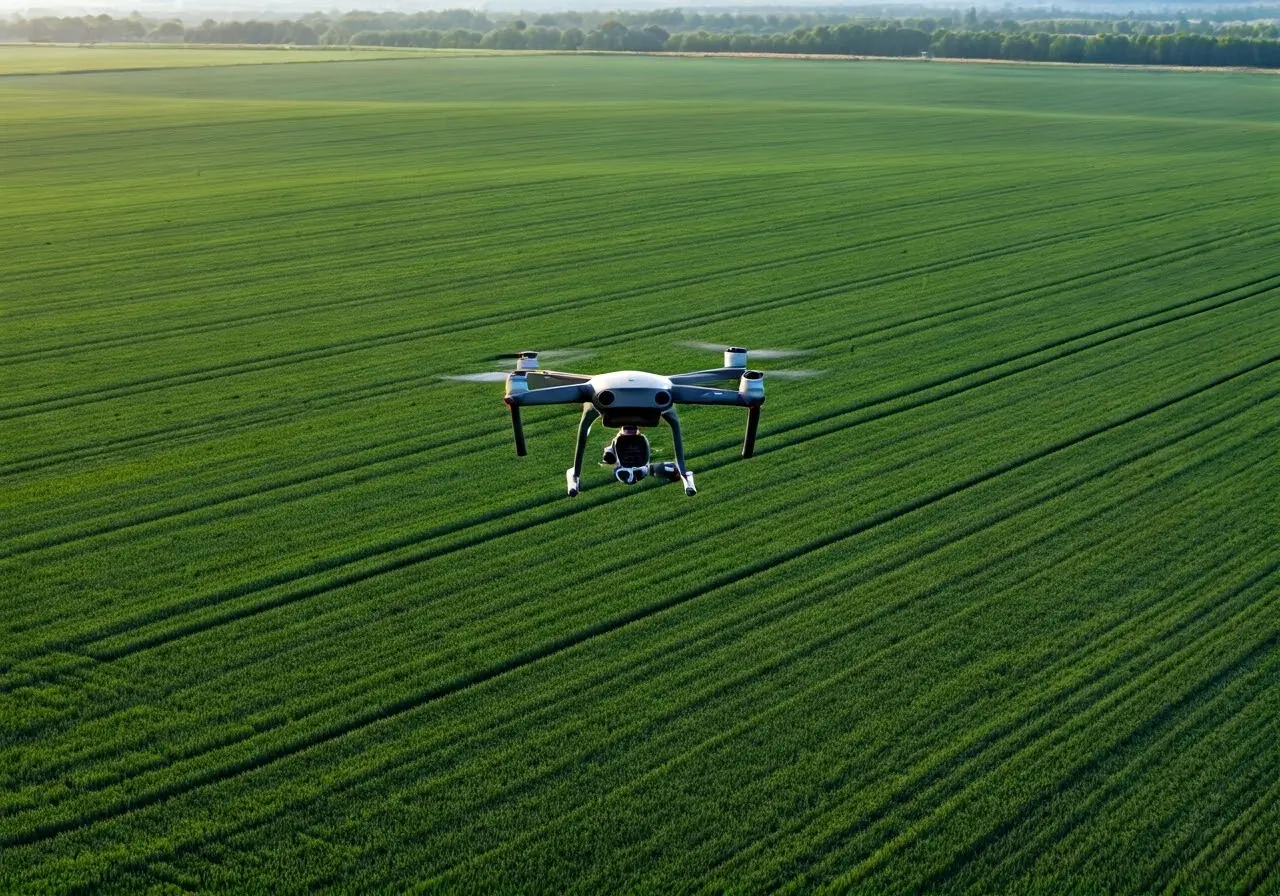
Can Crop Analysis Drones Increase Yield?
Share
With advances in technology, the agriculture industry is discovering innovative ways to enhance crop production. Crop analysis drones have emerged as a promising tool, providing valuable insights to farmers. But can these drones actually increase yield? In this blog, we’ll explore the potential of crop analysis drones and how they can impact agricultural efficiency.
Understanding Crop Analysis Drones
Crop analysis drones are equipped with advanced sensors and imaging technology that provide aerial views of fields, capturing data that is otherwise inaccessible through traditional means. These devices are not just about flying over the fields but are about gathering detailed metrics on the health of crops. The high-resolution imaging capabilities allow for a comprehensive assessment of plant health, identifying issues at an early stage, and making strategic decisions for crop management.
Notably, these drones utilize technologies such as multispectral imaging and thermal sensing to assess plant conditions, detect diseases, and track weather impacts. For instance, multispectral imaging captures data across various wavelengths, highlighting vegetation patterns that reveal crop stress or pest presence, enabling swift action.
Integrating these drones with GPS mapping systems offers precise, location-based data, proving invaluable for farmers attempting to manage large areas. With their detailed analytics, they effectively become a farmer’s eye in the sky, offering a panoramic view that identifies potential yield inhibitors swiftly.
Benefits of Using Drones in Agriculture
Drones offer numerous benefits, including real-time monitoring, efficient resource management, and the ability to quickly identify issues such as pest infestations and water stress. By providing a bird’s-eye view of acres of farmland, they reduce the guesswork and drastically cut down on time spent physically inspecting crops.
In addition to pest and disease detection, drones are incredibly useful in precision agriculture. How agriculture drones can enhance production by pinpointing exactly where to apply water or fertilizers, farmers can improve yield sustainability while conserving resources. This precision reduces waste and cost, both economically and environmentally.
Drones also contribute to environmental conservation efforts by minimizing chemical usage. By fertilizing areas that need it and sparing those that do not require it, they support sustainable farming practices and regulatory compliance, particularly in sensitive ecological zones.
How Drones Can Enhance Crop Yields
By providing precise data, drones help farmers make informed decisions, such as optimizing use of fertilizers and pesticides, ultimately contributing to increased crop yields. Through their advanced algorithms, drones facilitate targeted treatment of crops, which reduces waste and boosts productivity in a more environmental-friendly manner.
Drone technology has shown impressive results in identifying early signs of plant stress, which allows farmers to intervene before issues escalate. This proactive approach to crop management translates into higher yield potential, as farmers can apply targeted remedies exactly when and where they’re needed most.
The efficiency of drones in evaluating vast agricultural lands expedites the data collection process, empowering farmers to act quickly on identified issues. This timely intervention minimizes the risk of crop loss due to overlooked or rapidly spreading issues which, in cases like pests or diseases, can decimate crop yield if undetected.
Challenges and Considerations
Despite their benefits, drones come with challenges such as high initial costs, technical know-how for operation, and data management considerations. Small to medium-sized farms may be deterred by the financial investment, yet with potential yield increases, the ROI on drones can be significant over time.
Farmers must also factor in regulatory and privacy concerns that come with flying drones over populated areas. Legal requirements may vary by region, necessitating thorough research and license acquisition to avoid compliance issues.
Additionally, interpreting the vast amounts of data collected can be daunting without the right tools and expertise. Investment in user-friendly software and targeted training can enhance data accuracy and applicability, maximizing the drones’ usability and the farmers’ ability to apply insights effectively.
Future Trends in Drone Technology
The future of drones in agriculture looks promising with advancements in AI and machine learning, potentially offering even more precise analytics and autonomous operations. With these advancements, drones will not just identify problems but could suggest solutions, further speeding up response times.
These innovations aim to streamline the farmers’ workflow by integrating drones with existing farm management systems. This integration promises to improve the precision and speed of operations, reduce labor costs, and enhance overall farm productivity. Agriculture drones are poised to lead the charge in transforming traditional agricultural practices into sustainable, technology-driven models.
As technology advances, expect drones to become more affordable, making them accessible to a broader range of farmers worldwide. Their expanding capabilities would not only contribute to higher yields but also support better ecological practices, embodying the future of smart farming.
Embracing the Future of Agriculture with Drones
As technology continues to evolve, crop analysis drones are becoming an invaluable asset to farmers aiming to optimize yield and remain competitive. While drones offer significant benefits, their successful implementation relies on understanding their capabilities and limitations. Farmers who harness the power of drones can potentially see marked improvements in crop management and yield.

